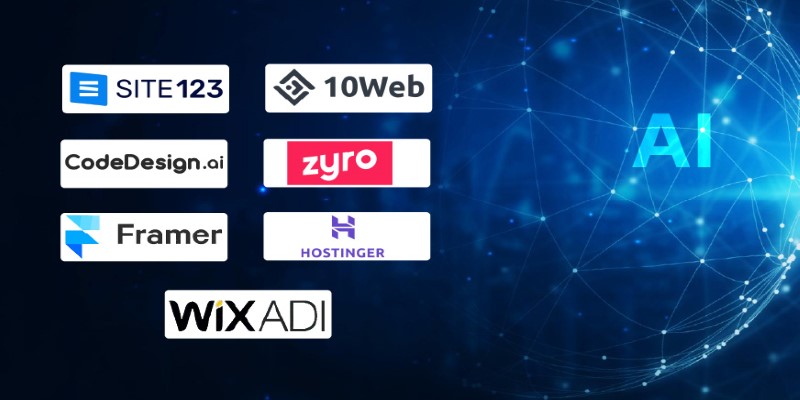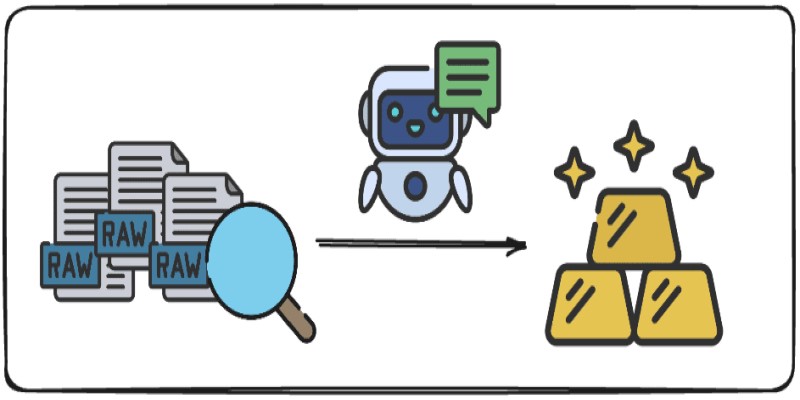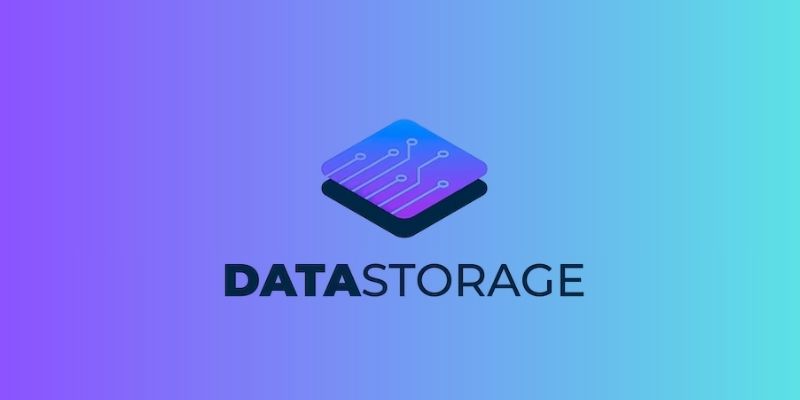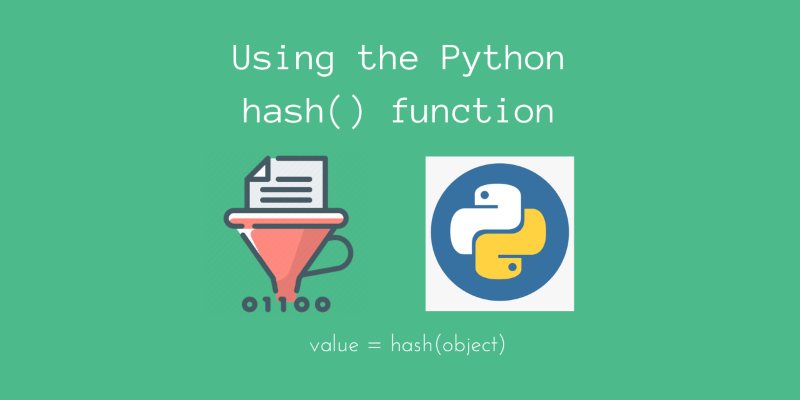Advertisement
When it comes to landing interviews, your resume can either open doors or leave them firmly shut. While most of us have great stories to tell about our work, not everyone knows how to put that into words that get noticed. That's where AI comes in. These tools aren't just time-savers—they're resume whisperers. They turn scattered experiences into sharp, tailored content. Let's look at some free apps that are doing a good job at it.
Kickresume does more than throw words into a template. It scans your details and turns them into structured, readable content. You can select templates, edit sections, and even get help with pre-written phrases. It also adds a personal site and cover letter feature, which is a nice bonus if you want to go beyond the basics.
Rezi skips the fluff and gets straight to what recruiters want. Its biggest strength is keyword optimization. It doesn't just build resumes—it builds resumes that pass through applicant tracking systems. The AI suggests improvements based on the job description you provide, which is handy if you're aiming for roles that demand specific skill sets.

This one keeps things simple. Choose a template, fill in your info, and download. Its strength is accessibility—no signup is needed. It's great for someone who just wants a quick, clean resume without getting into complicated features. You don't get fancy AI suggestions here, but sometimes basic is all you need.
Zety offers step-by-step guidance, and its tone suggestions are quite sharp. It prompts you to rephrase content to sound more professional and offers a library of examples for inspiration. What makes it stand out is how it teaches while it builds. You’re not left to guess what works—it guides you there.
Resume Genius asks you questions and builds a resume based on your answers. It feels like having a short interview before you get to see your final resume. If you’re unsure how to phrase your past roles or responsibilities, this app gives solid suggestions and lets you tweak them as needed.
Teal is a good pick if you’re juggling multiple applications. It stores different versions of your resume and tailors each one for the role you’re applying to. The interface is clutter-free, and the AI gives concise, readable output. There’s also a job tracker built-in, which keeps things organized.
Resume.io has an intuitive builder and a library of job-specific content. You pick your field, and the AI shows ready-made bullet points you can insert with one click. If you like examples to get your writing flowing, this tool gives you plenty to work with. The templates look professional, too.

Enhancv leans more creative. If you want your resume to stand out visually, this one’s for you. It includes personal highlights, values, and even hobbies in stylish blocks. You’ll get help with phrasing, but it shines when you want to break the rigid mold of traditional resumes without being unprofessional.
VisualCV stands out for its professional templates and customization options. It lets you create multiple versions of your resume, which is useful if you’re applying to different types of jobs. With easy-to-use editing tools and the ability to upload your existing resume for a quick overhaul, VisualCV makes sure your resume is always polished and ready for any opportunity.
Standard Resume keeps things simple, with a focus on ease and speed. It offers minimalistic templates that look great and ensure your resume isn't too flashy. You can create a clean, concise document quickly. The app also supports easy integration with LinkedIn, allowing you to import your work experience directly. It's perfect for those who just need a professional resume without getting bogged down in too many options.
Now that you have a selection of AI resume builders, how do you make the most of them? These tools are fantastic at organizing your information, but they still rely on your input. Think of them as editors—they’ll create something sharp, but only if you guide them with accurate details. Take time to explore the features of each app; some focus on keyword optimization, while others help with phrasing or adding creative elements. Understanding these nuances can give you a much better result.
Rezi, for example, stands out because it combines both professional structure and smart AI-driven suggestions. To use it effectively, start by creating a free account. After that, opt to build a new resume and enter your job title and the type of resume you need. Rezi will create a framework based on your info, but where it shines is in its job description feature. Paste in the job posting you’re targeting, and it will analyze the language, helping you tailor your content to match exactly what the employer is looking for.
Once Rezi has generated your resume and reviewed and adjusted the content, you can add your own voice and refine sections where needed. Run the keyword optimization check—it will suggest improvements based on ATS (Applicant Tracking System) requirements. Finally, when everything looks good, download the resume in a format that is ready for submission. With Rezi, the process is efficient, and the output is more likely to get noticed by both hiring managers and ATS software.
AI resume builders aren’t a shortcut—they’re a smart way to work better with your own experience. The eight tools listed above don’t promise magic, but they do offer a practical way to get from a blank page to a sharp resume without the usual frustration. Some lean creative, others stay traditional, and a few offer both. Whichever you pick, remember: your resume still needs your story. The app just helps you tell it more clearly.
Advertisement

Create user personas for ChatGPT to improve AI responses, boost engagement, and tailor content to your audience.

Looking to turn your images into stickers? See how Replicate's AI tools make background removal and editing simple for clean, custom results

How to create an AI voice cover using Covers.ai with this simple step-by-step guide. From uploading audio to selecting a voice and exporting your track, everything is covered in detail

Understand the real differences in the relational database vs. graph database debate. Explore structure, speed, flexibility, and use cases with real-world context

Oyster, a global hiring platform, takes a cautious approach to AI, prioritizing ethics, fairness, and human oversight

How to add strings in Python using 8 clear methods like +, join(), and f-strings. This guide covers everything from simple concatenation to building large text efficiently

Want to turn messy text into clear, structured data? This guide covers 9 practical ways to use LLMs for converting raw text into usable insights, summaries, and fields

Looking for quality data science blogs to follow in 2025? Here are the 10 most practical and insightful blogs for learning, coding, and staying ahead in the data world

Learn how to convert strings to JSON objects using tools like JSON.parse(), json.loads(), JsonConvert, and more across 11 popular programming languages

Compliance analytics ensures secure data storage, meets PII standards, reduces risks, and builds customer trust and confidence

Discover how Getty's Generative AI by iStock provides creators and brands with safe, high-quality commercial-use AI images.

Learn how logic gates work, from basic Boolean logic to hands-on implementation in Python. This guide simplifies core concepts and walks through real-world examples in code